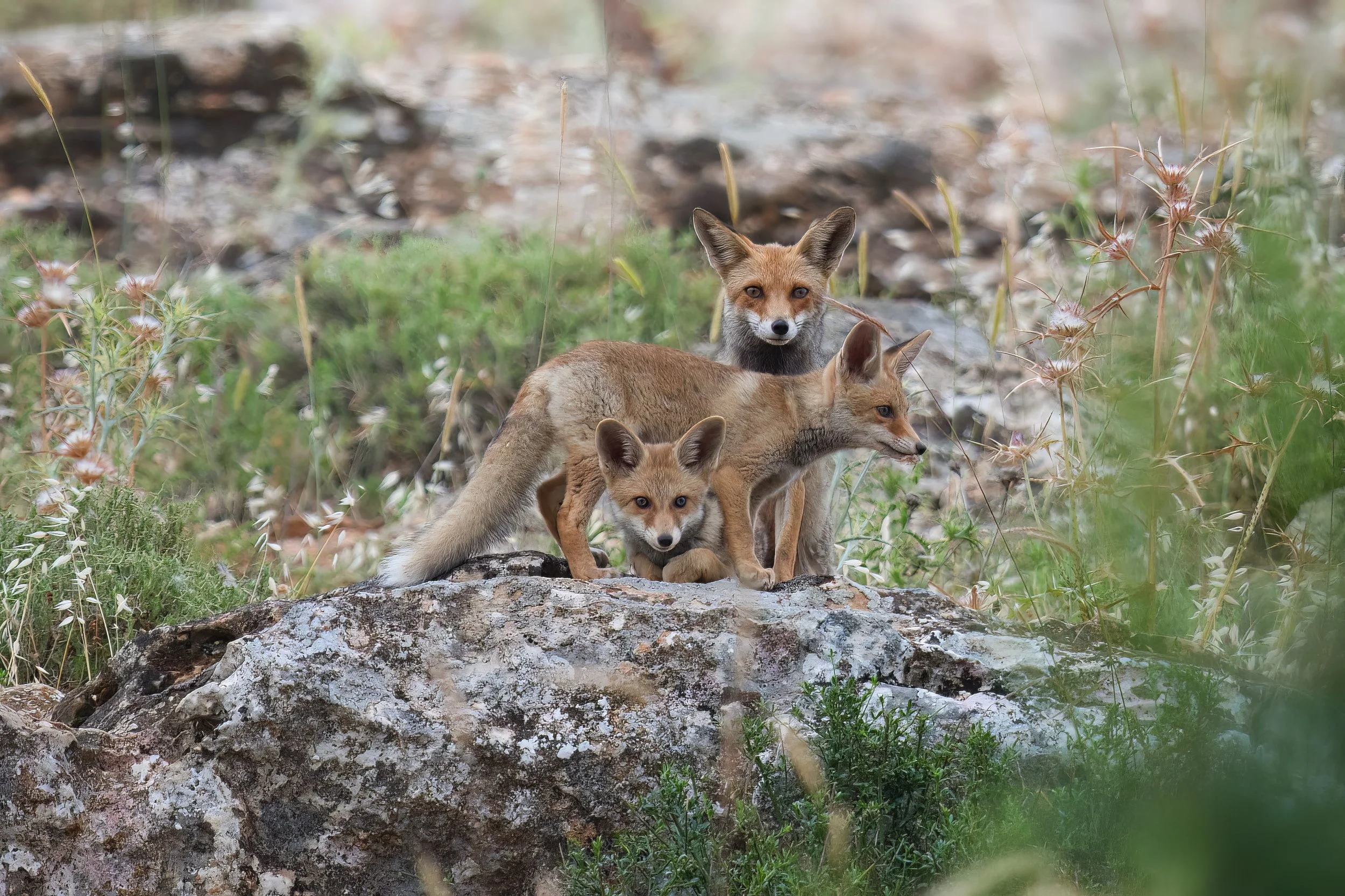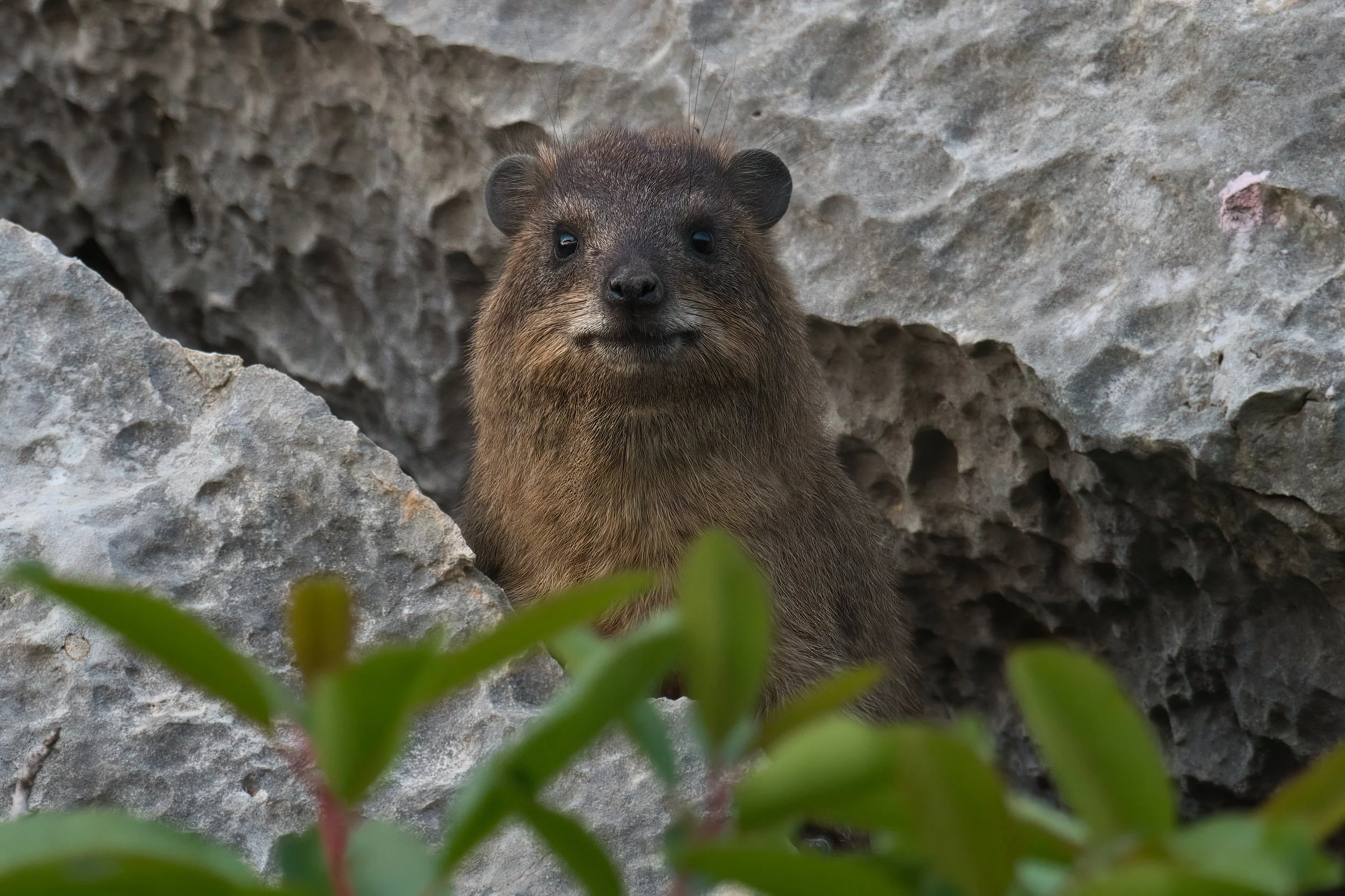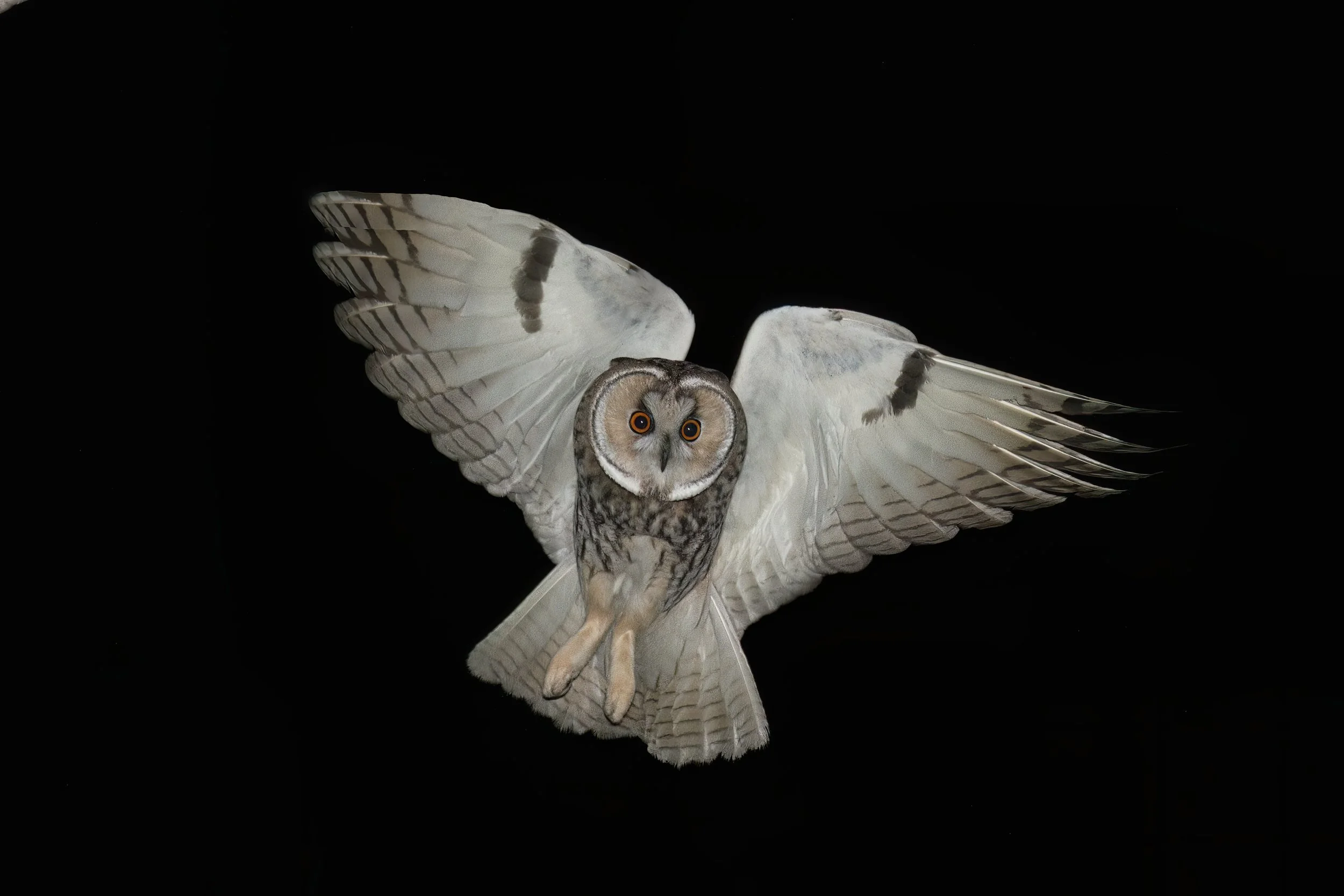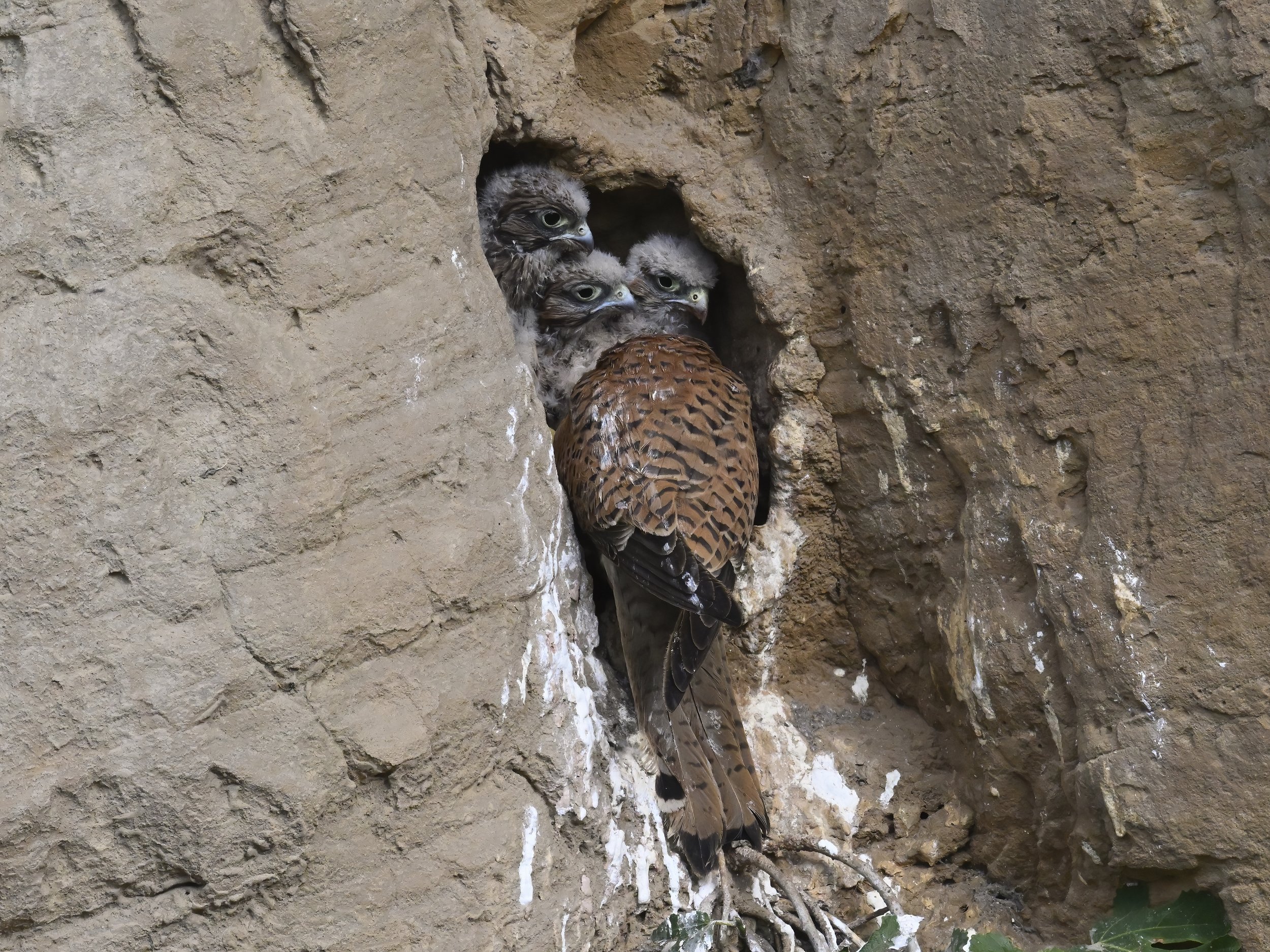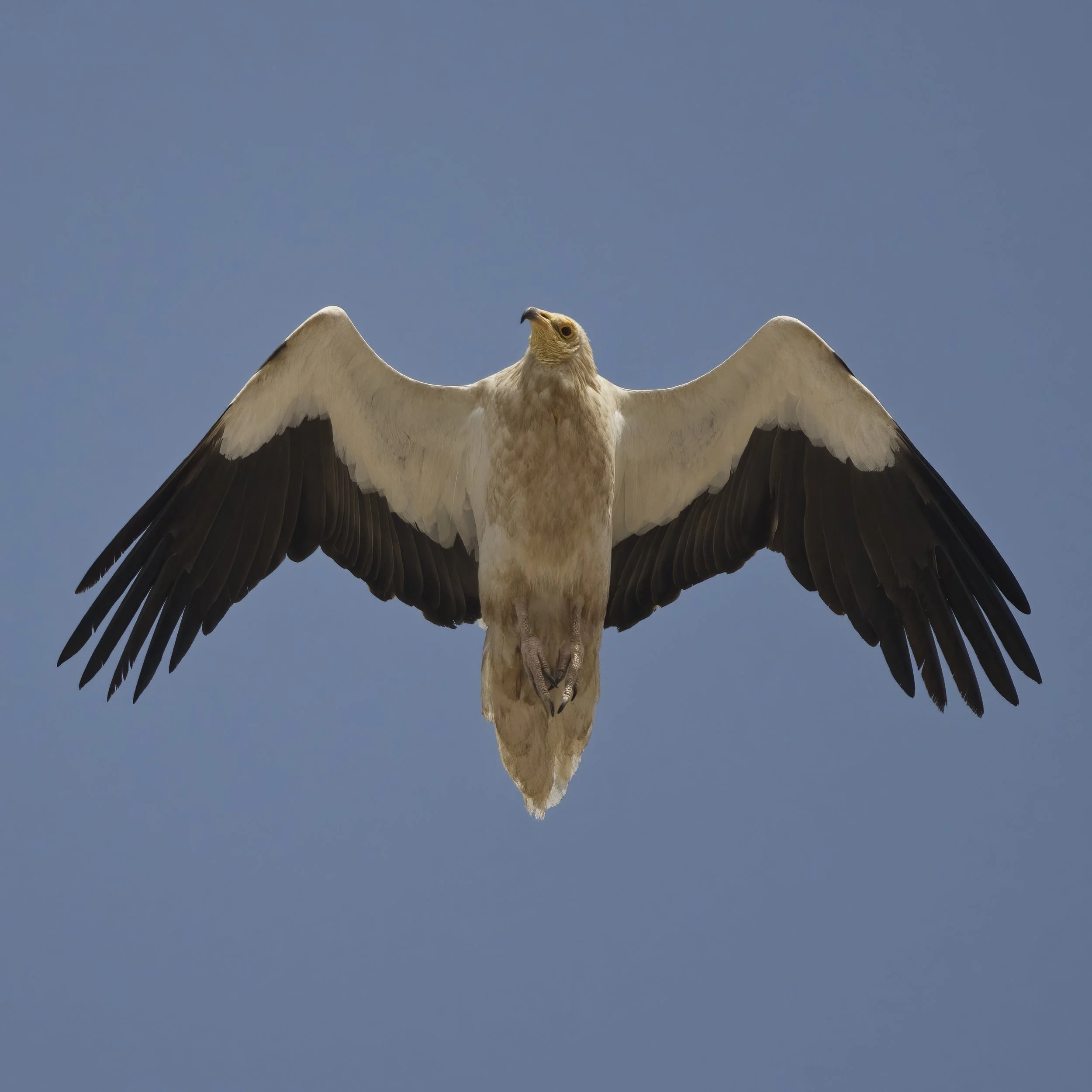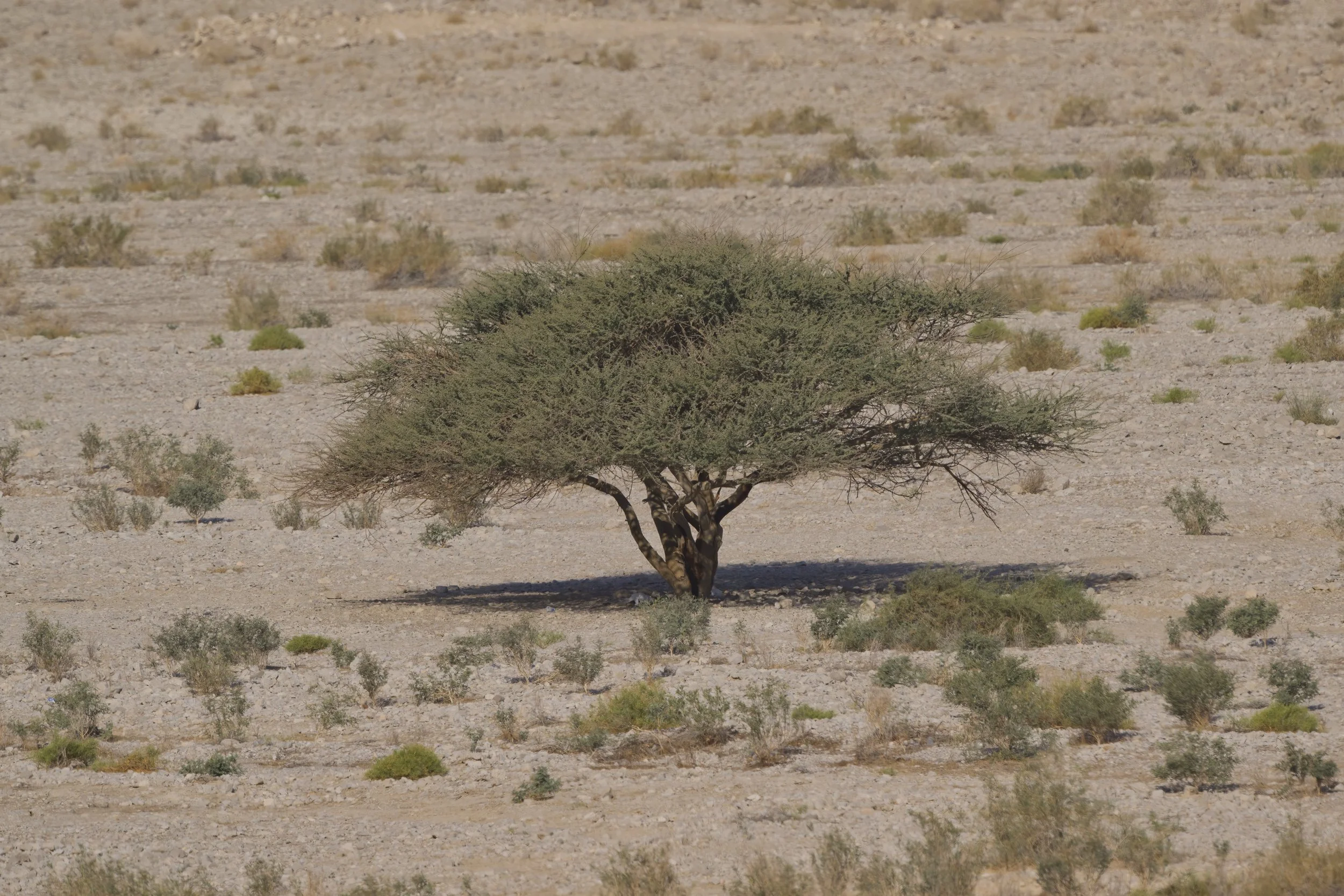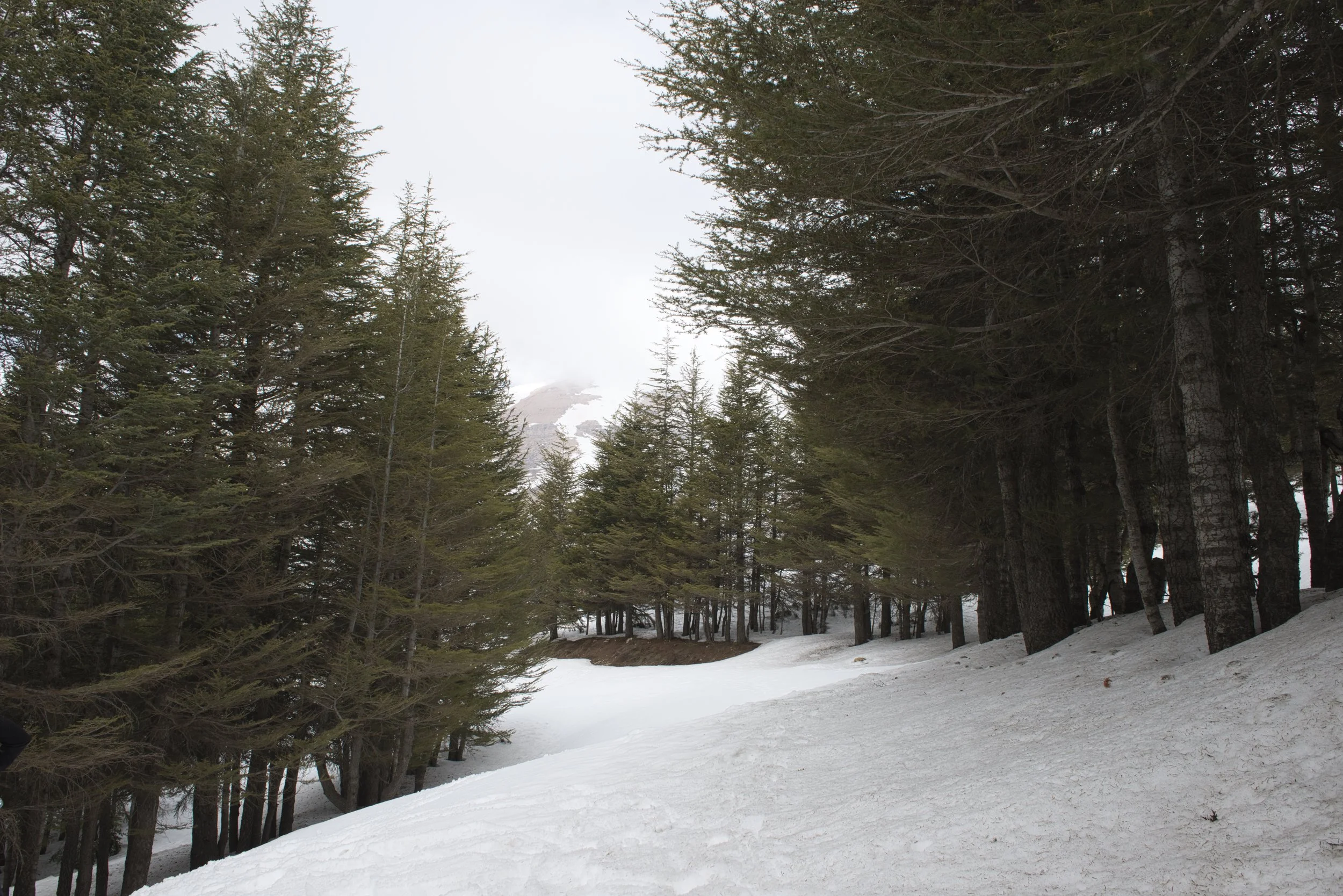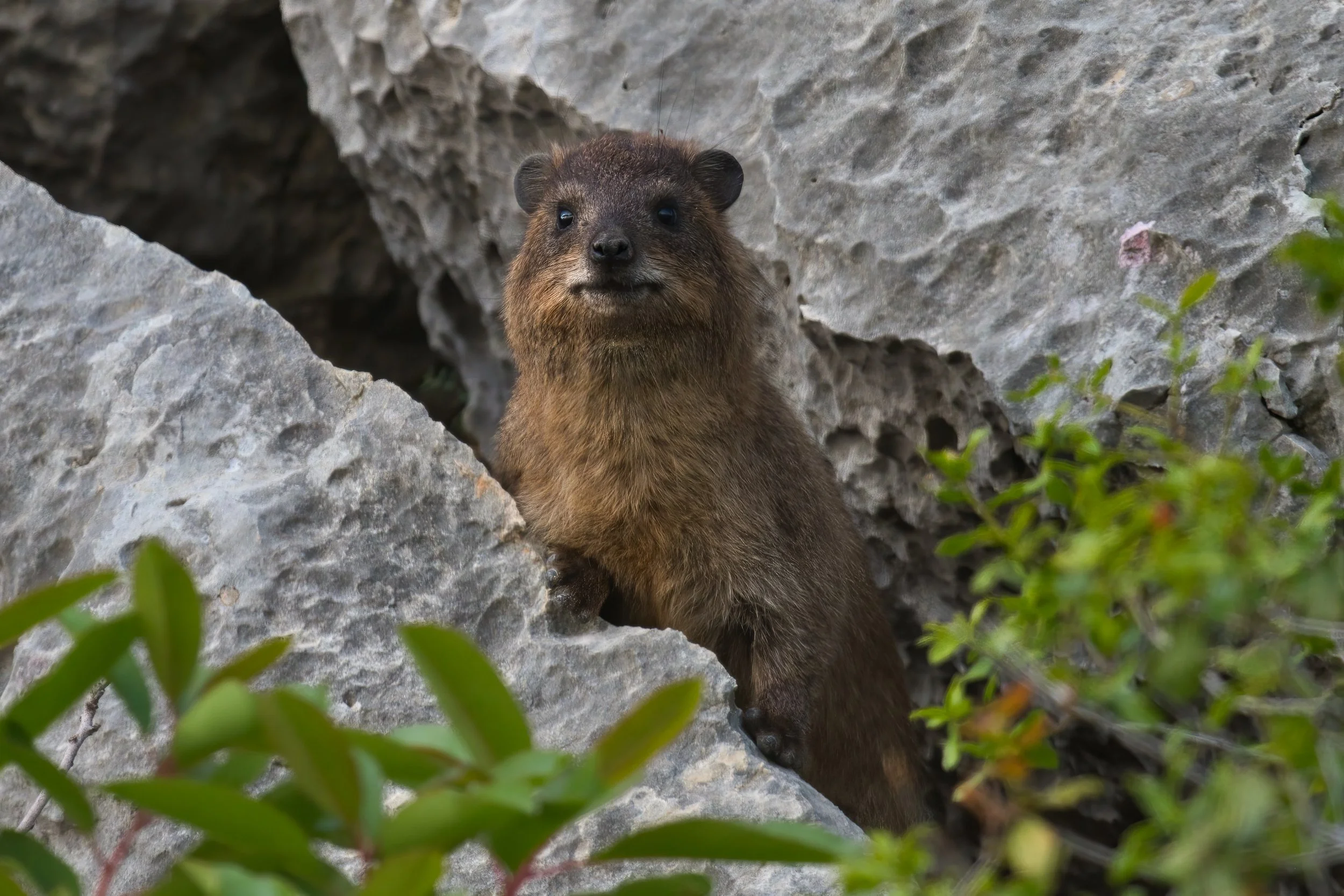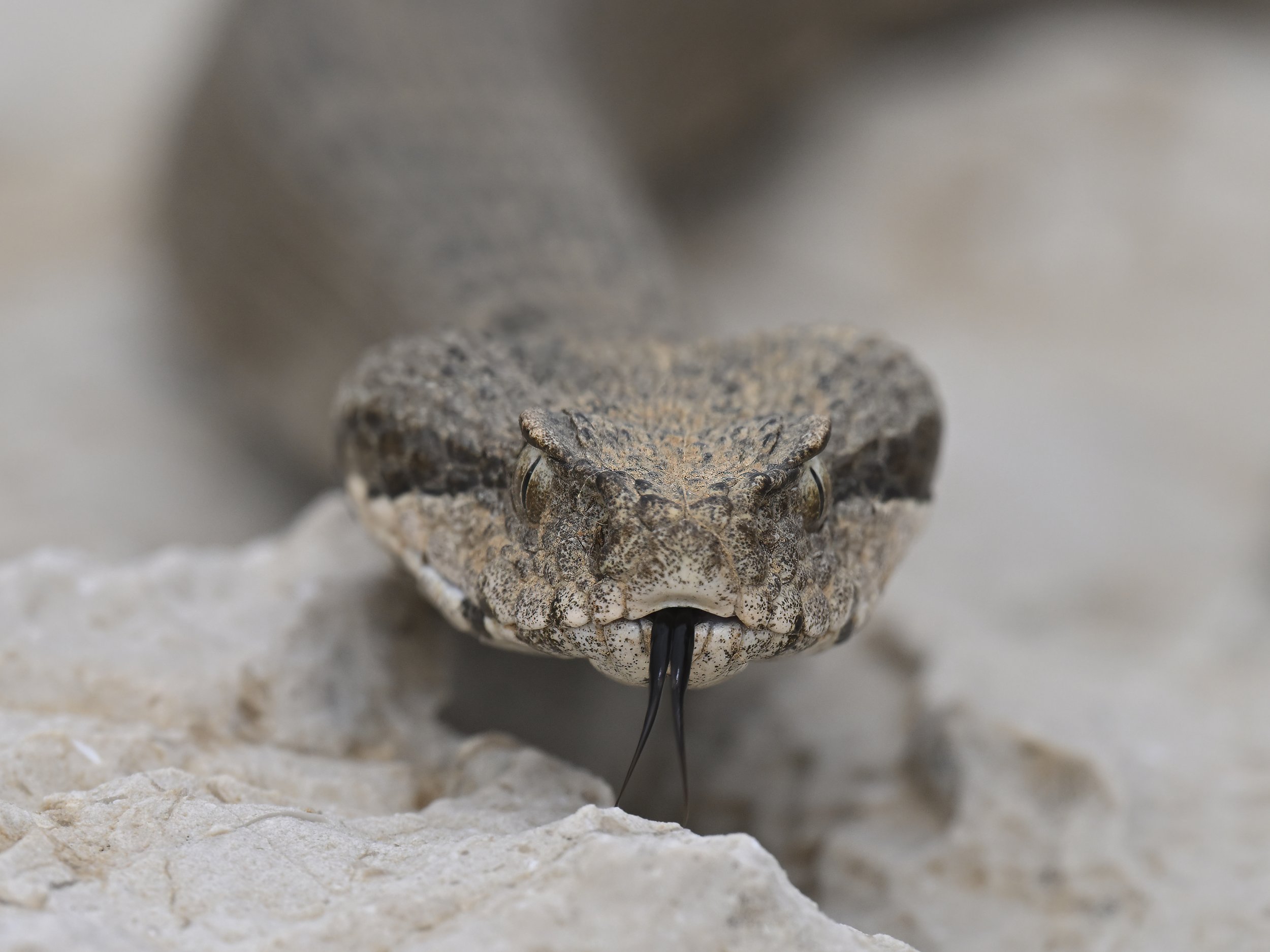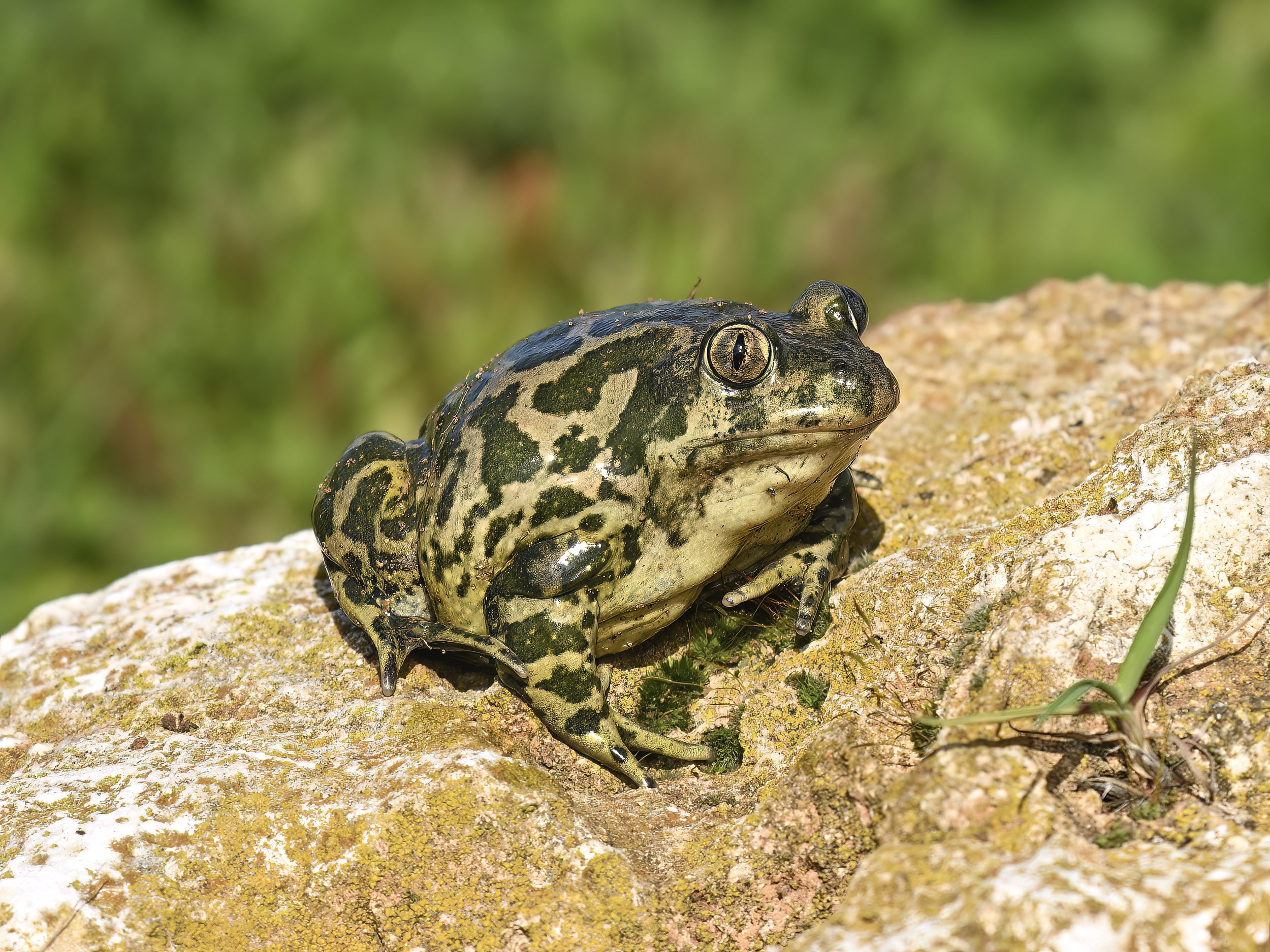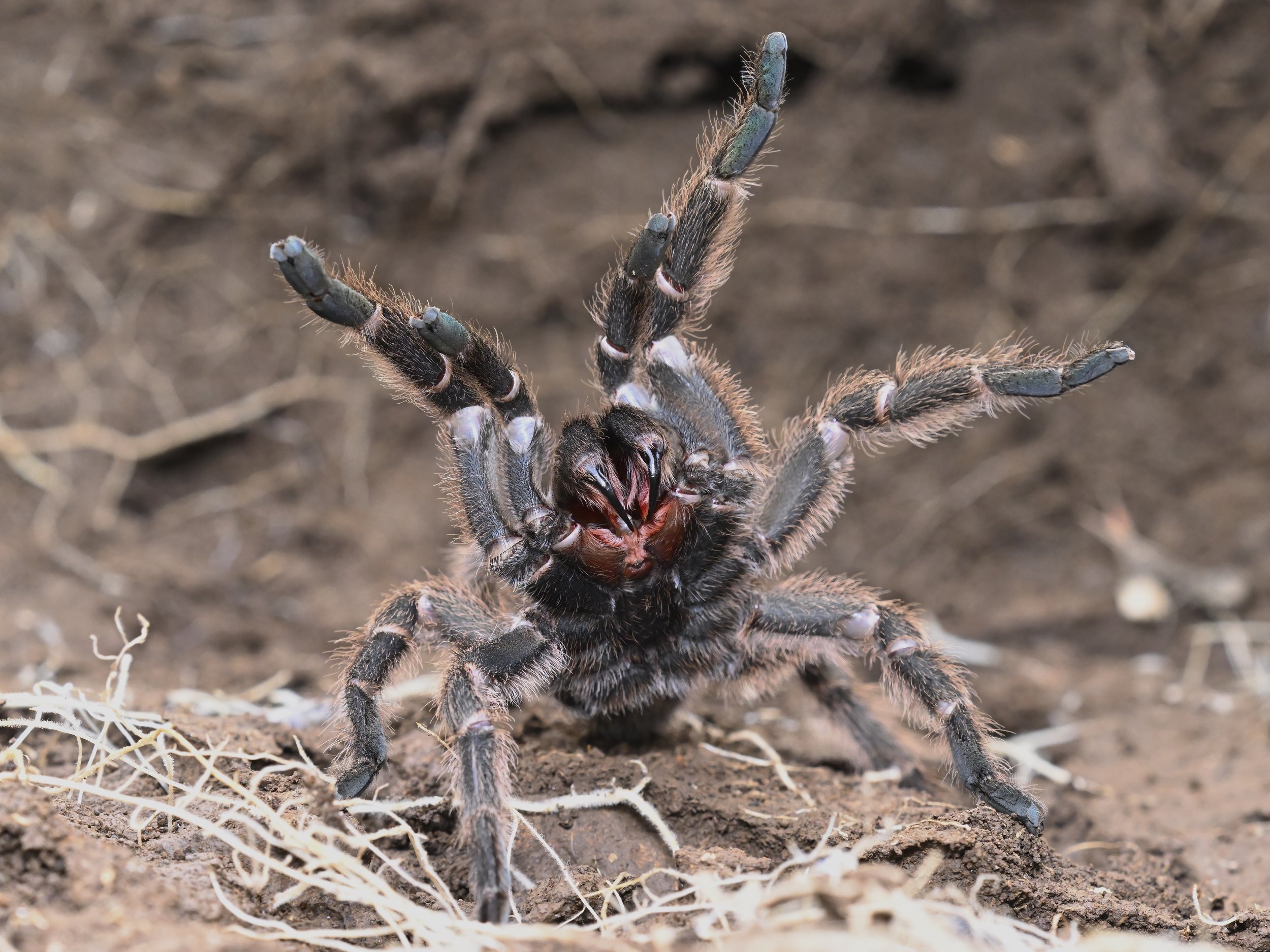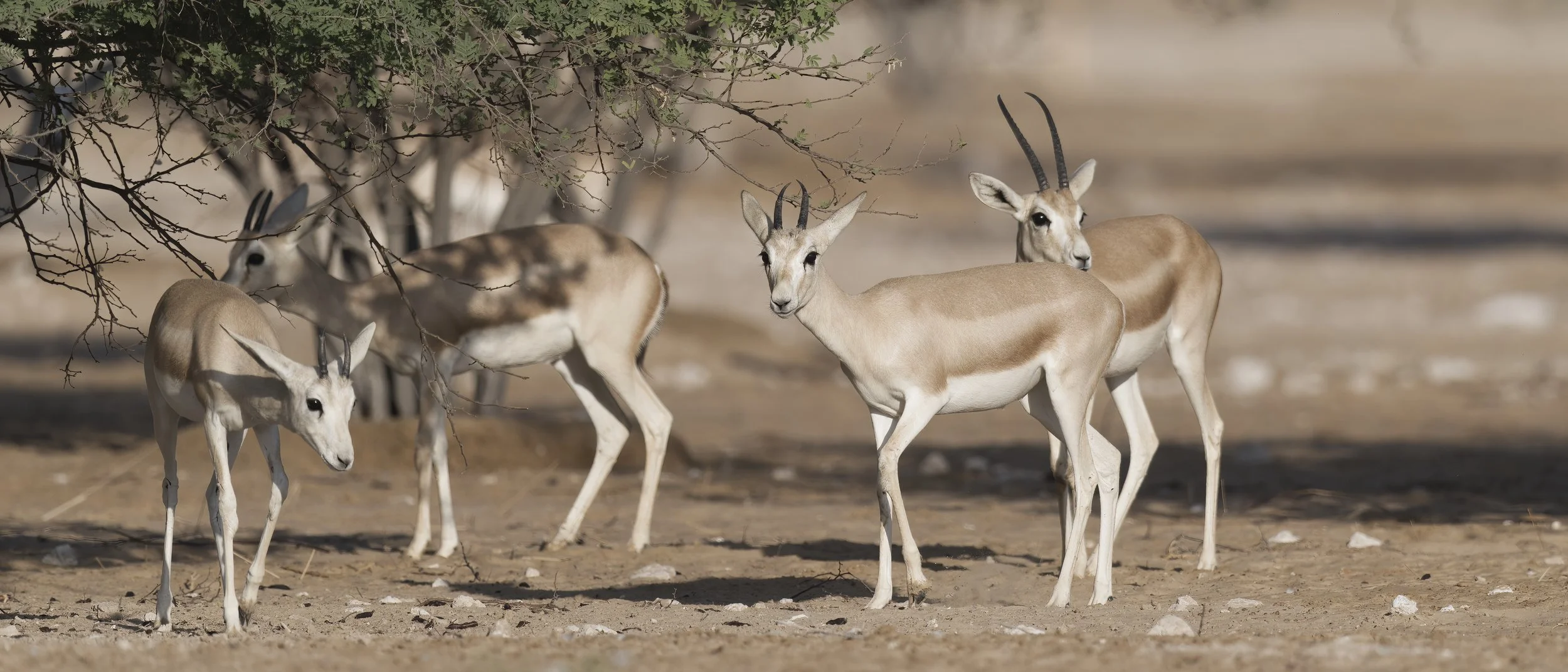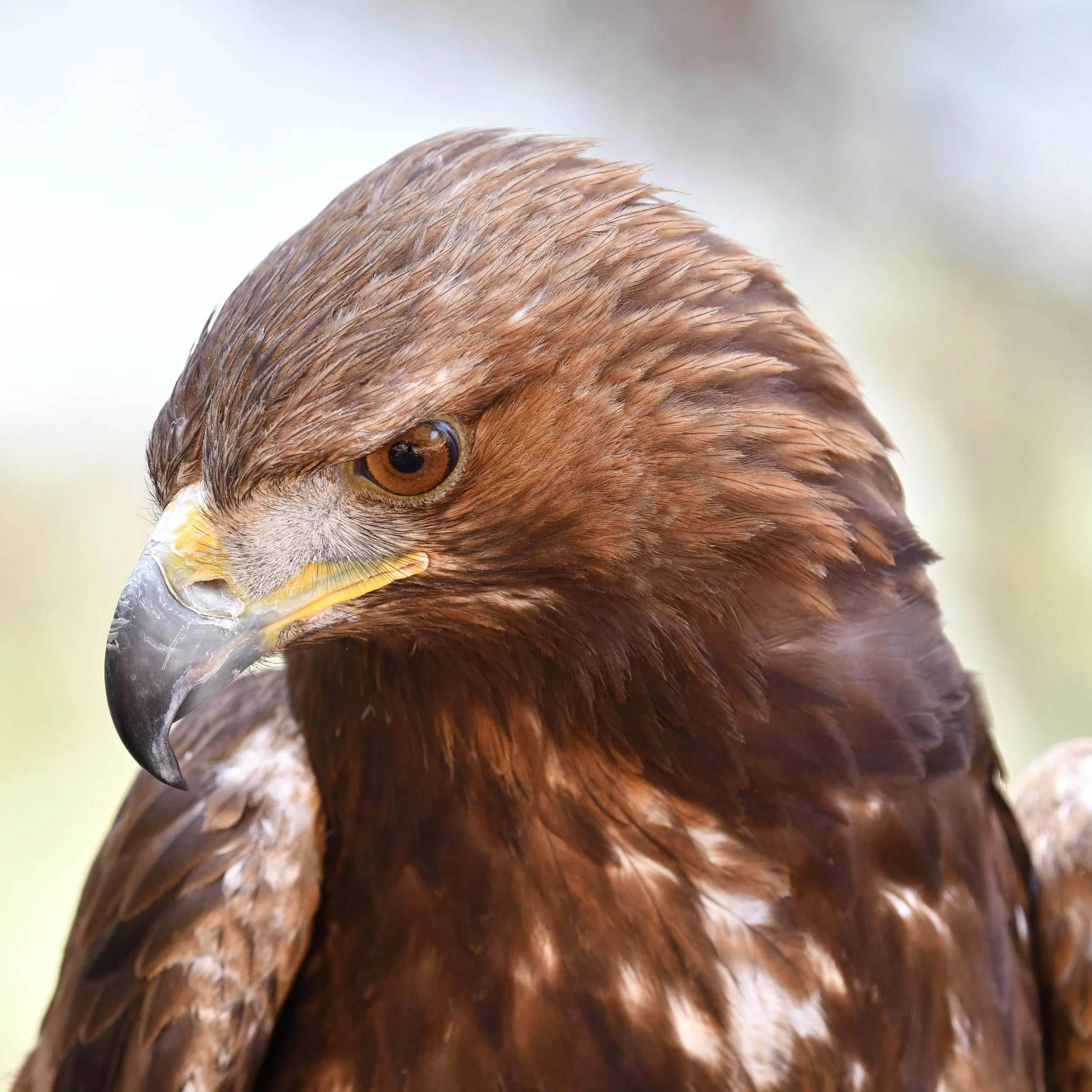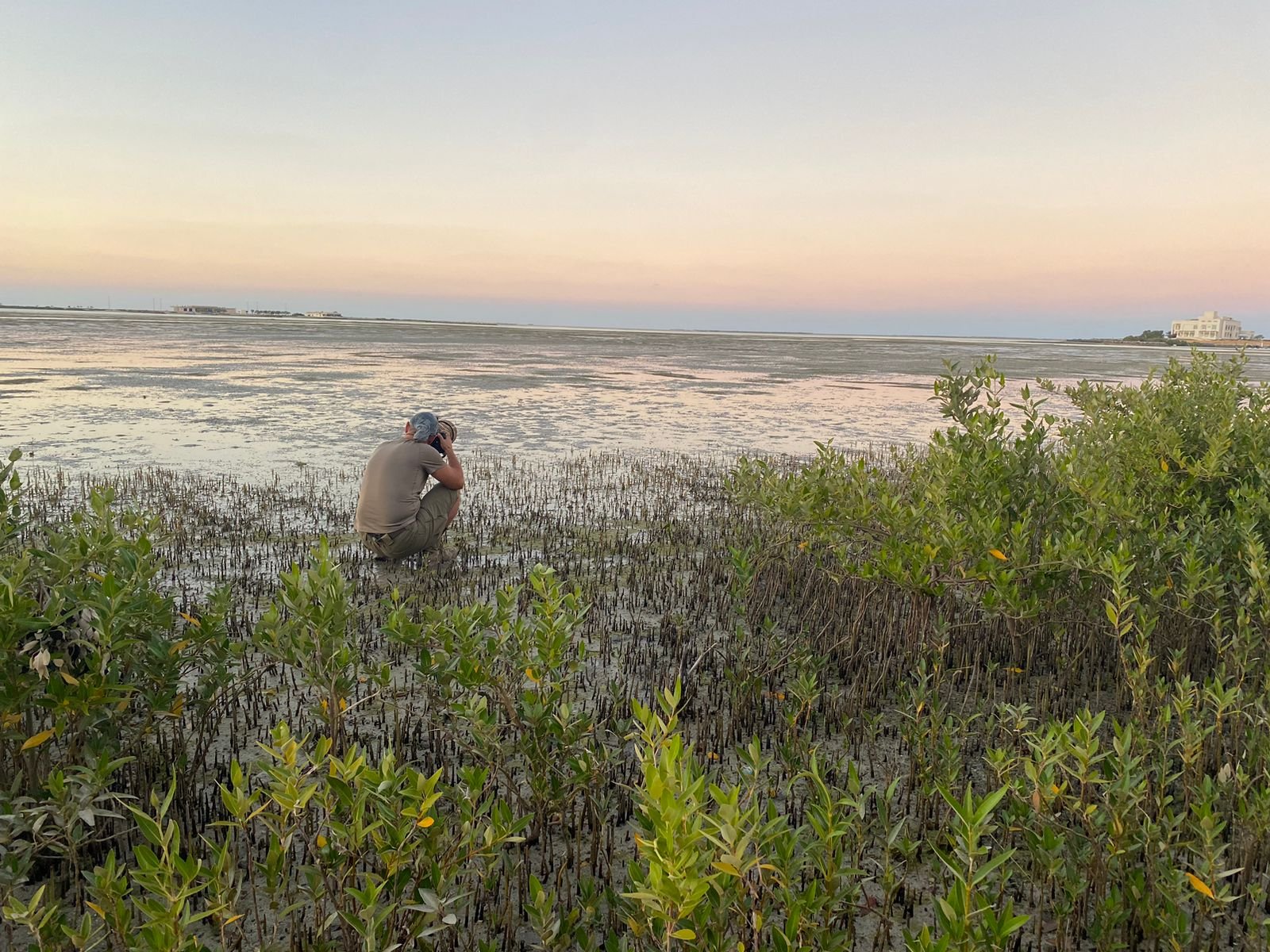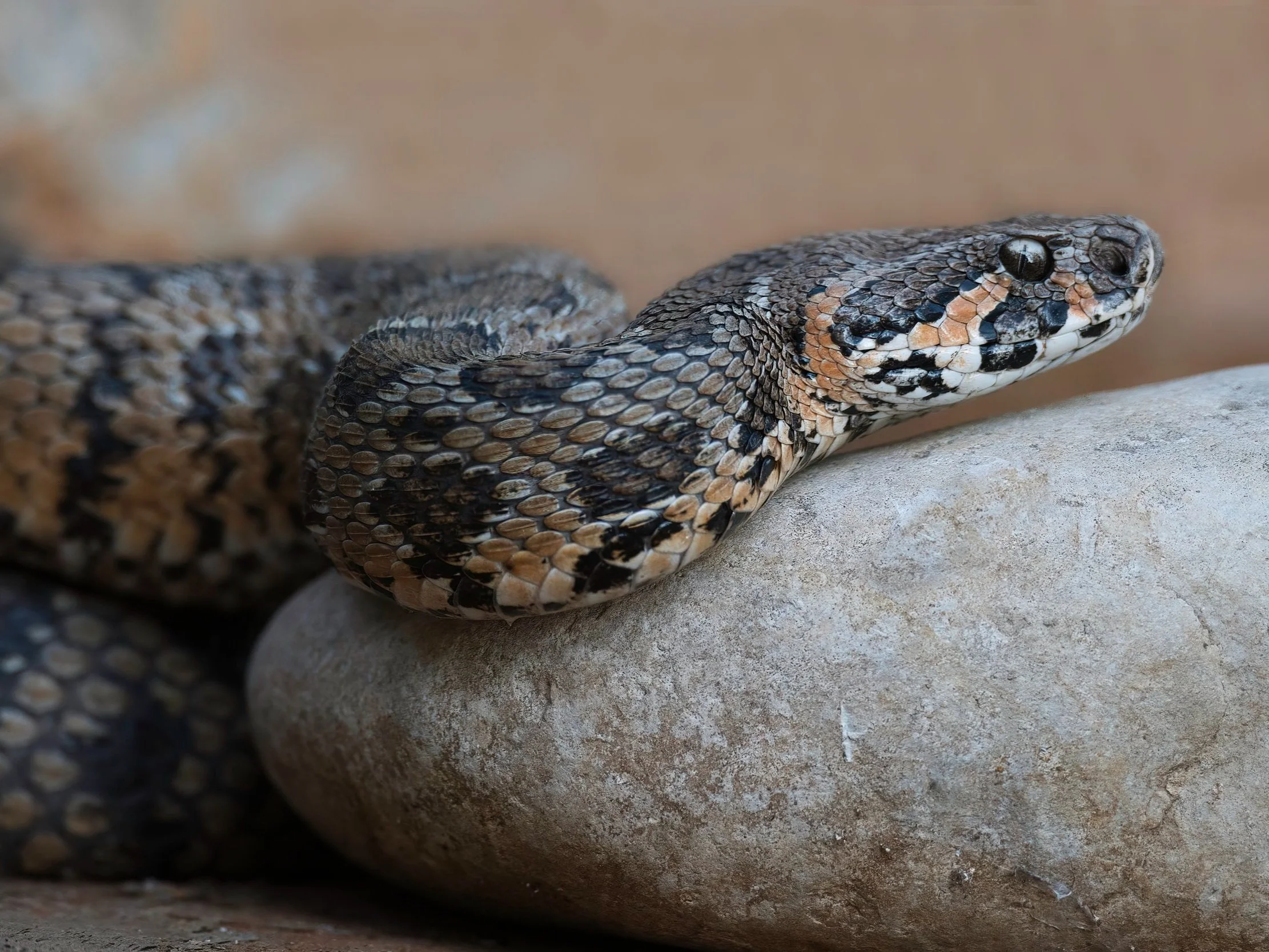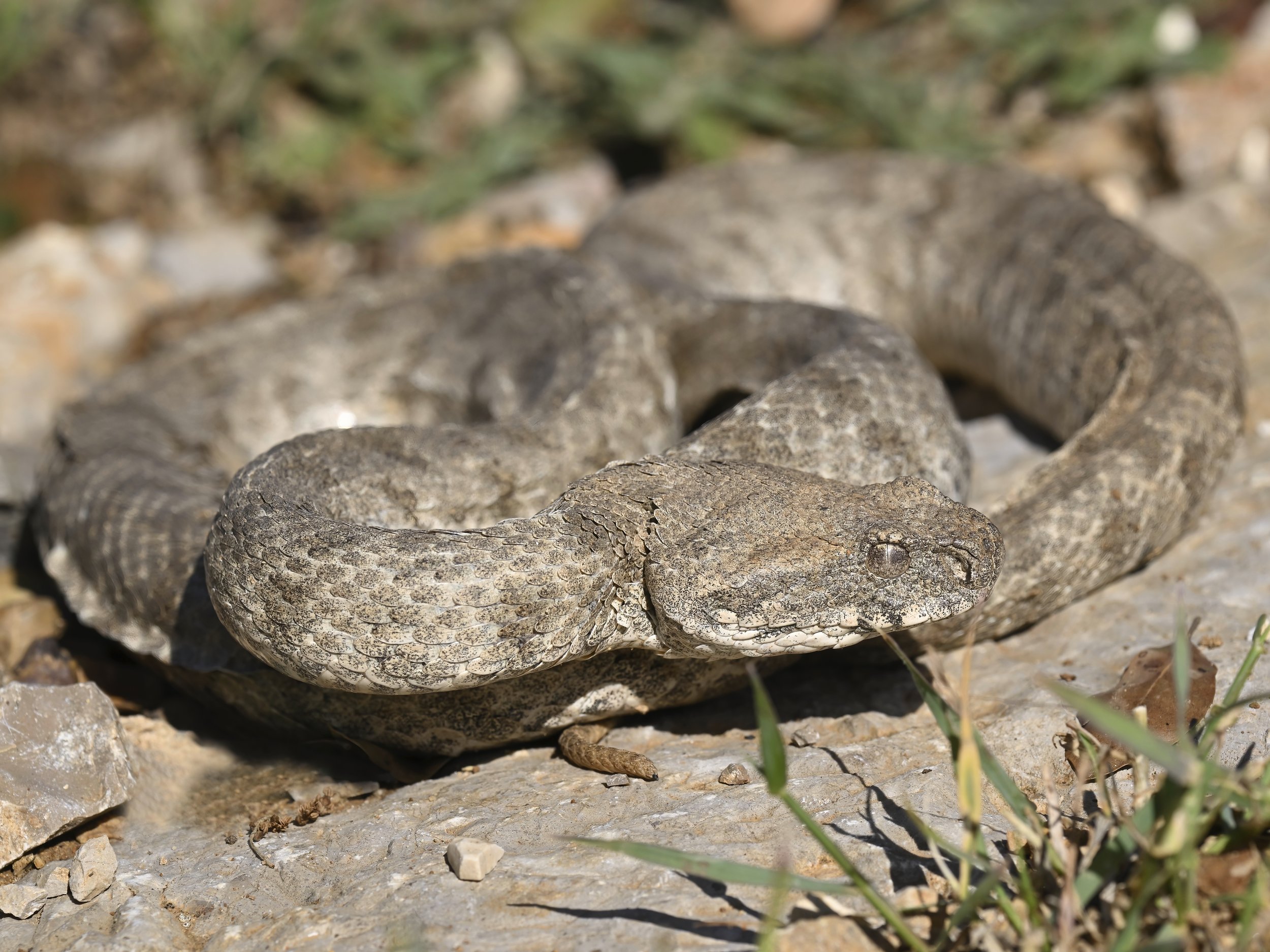Lebanon is home to 25 snake species, only 3 are highly venomous “Vipers“, and 5 are mildly venomous. Below is details about the 3 most venomous snakes in Lebanon.
Highly Venomous Snakes of lebanon
A mesmerizing reptile endemic to the rugged landscapes of Lebanon. With its striking patterned scales and slender physique, this Highly venomous serpent commands attention. Found in rocky habitats at higher elevations, it embodies resilience amidst challenging environments. Its presence underscores the biodiversity of Lebanon's mountainous regions, contributing to the delicate ecological balance of its habitat. However, like many species, it faces threats from habitat loss and human encroachment, highlighting the importance of conservation efforts to safeguard its future.
Adult specimens typically measure between 50 to 60 centimeters (20 to 24 inches) in total length, although there can be variations.
The Palestine Viper (Daboia palaestinae), is a venomous snake species native to the eastern Mediterranean region, including Lebanon, Palestine, Jordan, and parts of Syria. This viper typically measures between 80 to 120 centimeters in length, with a stout body and a broad, triangular head. Its coloration varies from gray to brown, with distinctive dark, zigzag patterns along its back, providing effective camouflage in its rocky and arid habitats. The Palestine Viper is primarily nocturnal and preys on small mammals, birds, and reptiles. Known for its potent venom, it plays a crucial role in controlling rodent populations. Despite its dangerous reputation, it is an important part of the local ecosystem and biodiversity.
The Blunt-Nosed Viper (Macrovipera lebetina) is a formidable highly venomous snake species inhabiting various regions across Europe, the Middle East, and North Africa. Renowned for its potent venom and robust build, this viper typically grows to lengths ranging from 1.2 to 1.8 meters. Sporting a distinctive blunt snout and a patterned dorsal surface, usually consisting of dark brown or grayish scales with irregular blotches or bands, it blends seamlessly into its rocky and arid habitats. Despite its intimidating appearance, the Blunt-Nosed Viper is generally a reclusive creature, preferring to avoid human encounters. However, when threatened or cornered, it can deliver a potent hemotoxic venom through its long, hollow fangs, capable of causing severe tissue damage and, in some cases, fatalities if left untreated. Conservation efforts are crucial for maintaining a balance between human populations and these fascinating yet potentially dangerous reptiles in their natural ecosystems.
Lebanon Mountain Viper
(Montivipera bornmuelleri)
Palestine Viper
(Daboia palaestinae)
Blunt-Nosed Viper
(Macrovipera lebetina)
Want to see more?
-
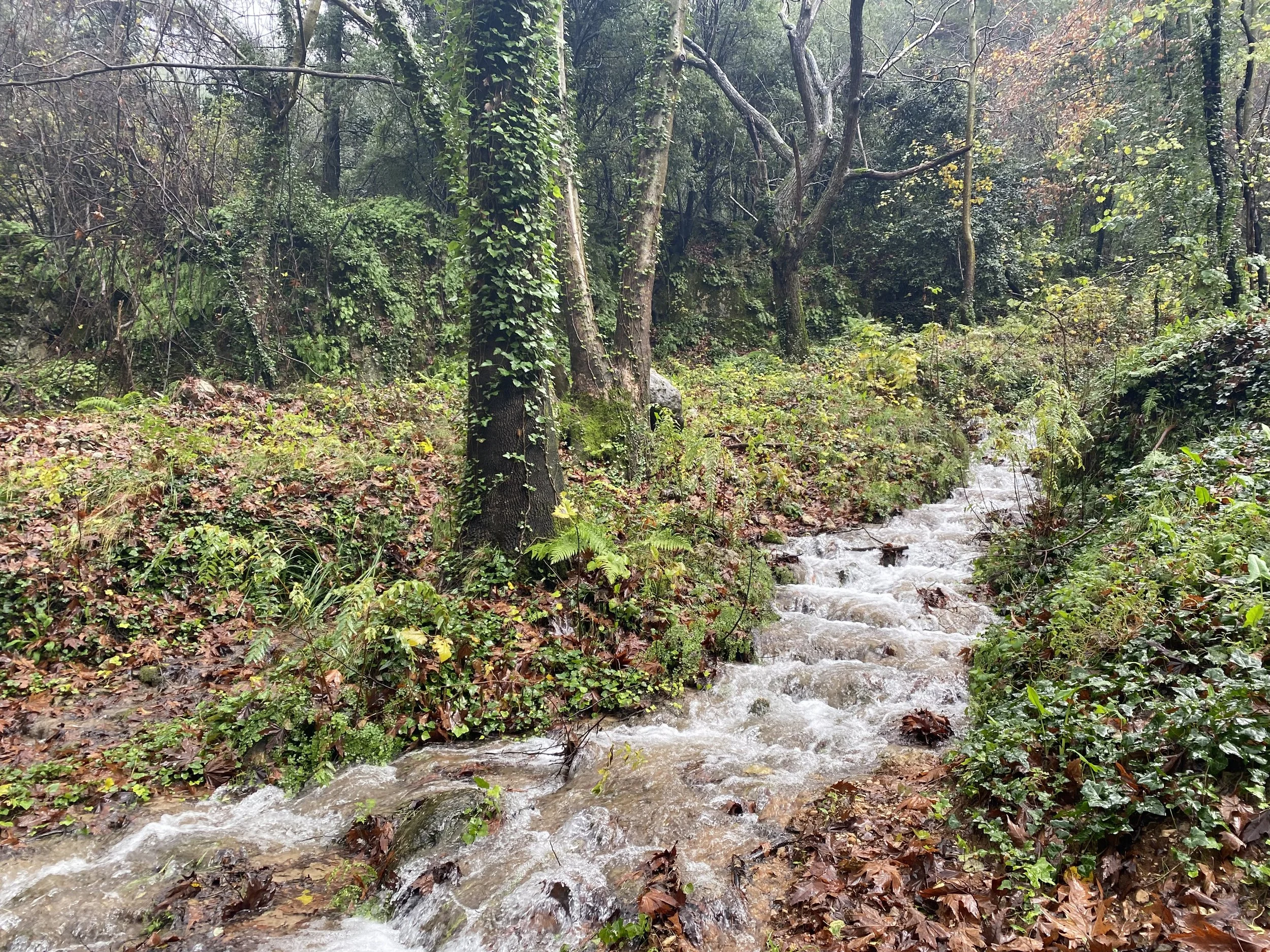
Herping
-

Forest
-

Sea
-

Wetland



